No Vision Whatsoever
“Memorial Device were the greatest group ever to come out of Lanarkshire (Scotland) and for three brief years — 1983/84/85 — nothing else mattered. They sounded like an unholy amalgam of Pärson Sound and Joy Division, with a frontman who has been compared to Ian Curtis.”
—David Keenan, This Is Memorial Device
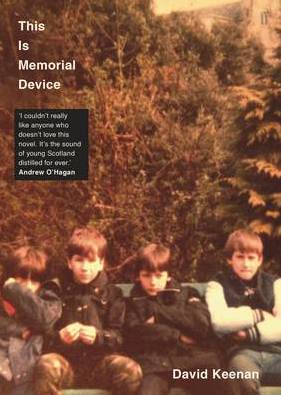
You thought you were paying attention to music in the 1980s, so how did you ever miss the legendary experimental rock group Memorial Device? Indeed, how did you miss the whole Lanarkshire scene? There the scene was, percolating in “empty and echoing” small towns like Airdrie and Coatbridge — rising up splendid and green from Scotland’s rich euphonious soil, alongside some of your most beloved and essential groups, (the dreamy Cocteau Twins, the poetic Lloyd Cole and the Commotions, and the jangly Aztec Camera.)
You never knew the music of Memorial Device, nor the proto-industrial duo Glass Sarcophagus. You didn’t know the mod group The Clarkston Parks. How about punk no-counts The Whinhall Starvers, or the wasteland-edge proponents Cold Stars? You didn’t know them either, did you? Why not?
What if some of your favorite bands of the 1980s never existed? What if they were, rather, pure inventions of author David Keenan in his new novel, This Is Memorial Device: An Hallucinated Oral History of the Post-Punk Music Scene in Airdrie, Coatbridge and Environs 1978-1986 (2017 Faber & Faber). A wonderful promotional Web site is clickable above. The Web site looks and feels like an old 1980s fanzine, and I encourage any lover of fanzines, experimental fiction, modern British literature, post-punk, or what we now loosely call indie/experimental music, to click the link, too.
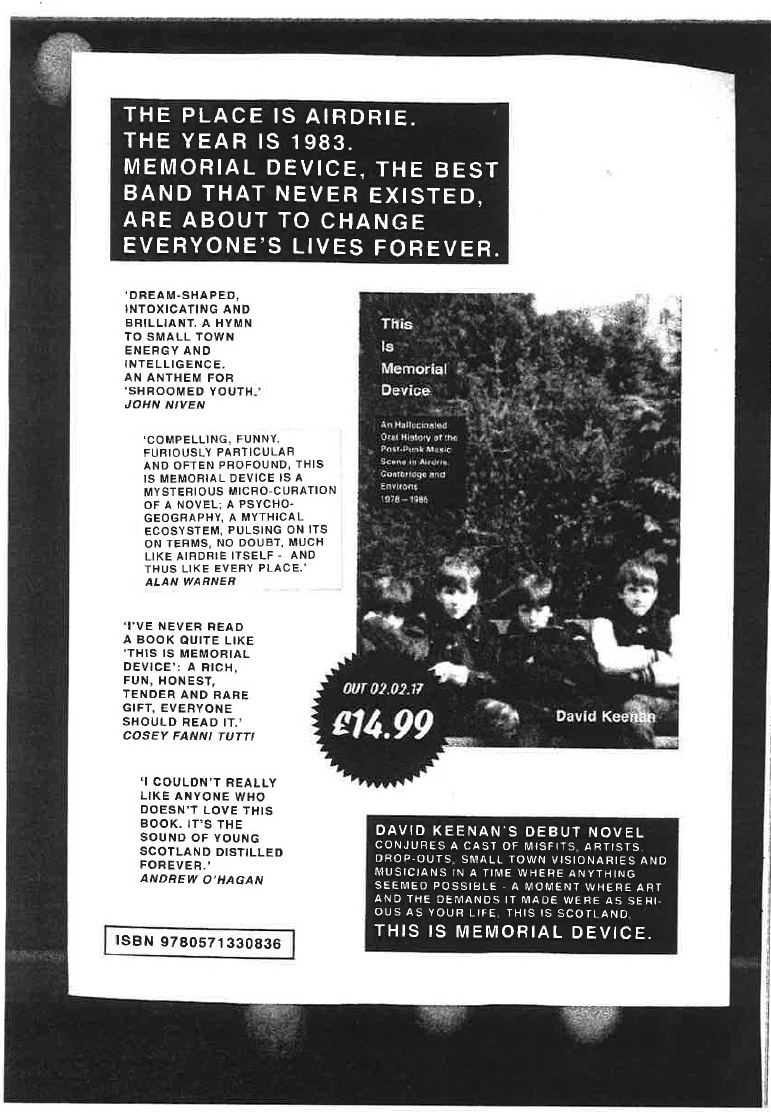
Within the Web site there are colorful “interviews” with the fictional band members from the Lanarkshire scene, recounting their formative days and early gigs, proudly spouting their musical influences. From the cover page: “Keenan conjures a cast of misfits, artists, drop-outs, small town visionaries and musicians in a time where anything seemed possible. A moment where art and the demands it made were as serious as your life.” There are articles about the region’s filmmakers and its artists of the post-punk era. There are also additional links within the page to access music attributed to the bands.
A highly detailed and weird world begins to form. Through the fanzine’s use of images of actual (Airdrie/Coatbridge) locales, the attributed music, and the made up interviews and the articles, a realistic and magical vision appears of Lanarkshire and its people between the late-1970s and the mid-1980s. It is a “scorched earth, post-industrial, auraless” county that lies just east of Glasgow. And it turns out to be extremely fertile landscape for a post-punk art scene.
It reads like a miniature testimonial to the power of inspiration. These are people who feel that their own isolation and the bleakness of their surroundings could never lead to artistic vision. They forge on anyway. That should be familiar thematic territory to any fans of post-punk, and it is well done here. Checking out this site is like a form of time travel. Many thanks are due to Guy Reynolds, post-punk encyclopedia, defender of the outré, and great lover of literature, for hipping me to Keenan’s project.
Based upon checking out the Web site, Keenan’s greatest tricks are manifold. First, he is distilling and preserving this beautiful moment in time — a bountiful artistic and cultural moment. It is a moment that the involved players could not have identified as beautiful or important at the time they were living it. But remember, the involved players were not real. It is hard to believe this is fiction — it is all so reliably conceived. To give context and points of reference, he weaves in actual history, citing real bands and plunking down real artists’ names. This makes it all seem like a true series of fascinating episodes in British music that we simply missed learning about until now, and not at all like an invention.
In a recent interview the musician and performance artist Laurie Anderson made an observation that, “We are collapsing under the weight of our stories,” she said. She noted that the sheer volume of information we take in at such speed (checking our phones 150 times per day!) leaves us unable to function because reference points are confused or impossible to find. We simply seek out too much information to be able to analyze so quickly.
Things are moving fast. “What’s next?!” In our devotion to “next,” we are often blinded to the precious past, and to the now. We leave ourselves room for no vision whatsoever. In such a world, it is a pleasure to come across a story like This Is Memorial Device. Here we are given documents that create a whole picture of a community, a wide-ranging series of interconnected stories and people. These stories drill down and fabricate such believable minutia that they fulfill their purpose of preserving a beautiful period of time in an important place. (Beautiful and important, even if, maybe especially if, it never existed.)
Here are some actual songs from some actual bands. Each of these would have been right at home spinning on a Lanarkshire turntable. This is a mix of Scottish acts, acts that might have influenced the Lanarkshire music scene, and a couple that the bands of Airdrie, Coatbridge, and environs may have inspired, had they existed at all.
Vitamin C by Can from Ege Bamyasi (1972 United Artists).
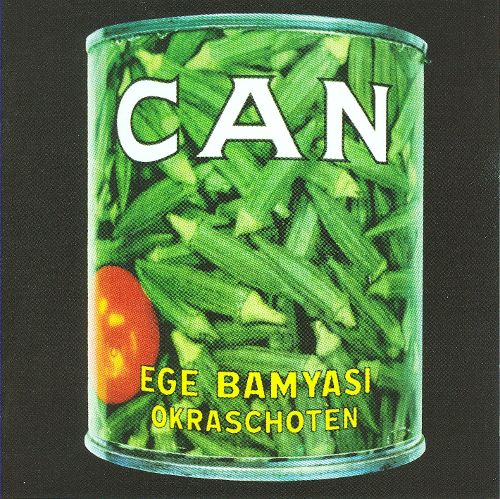
I Am Damo Suzuki by The Fall from This Nation’s Saving Grace (1985 PVC Records).
Beachy Head by Throbbing Gristle from 20 Jazz Funk Greats (1979 The Gray Area).
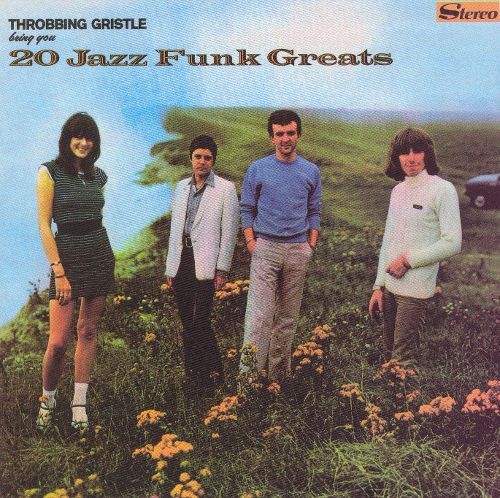
Head On by Loop from Heaven’s End (1986 Reactor).
Taste the Floor by The Jesus and Mary Chain from Psychocandy (1985 Rhino).
Shallow Then Halo by Cocteau Twins from Garlands (1982 4 AD).
Static Gravity by Chrome from Red Exposure (1980 Cleopatra).
20th Century Promised Land by Simple Minds from Sister Feelings Call (1981 Virgin).
Zeichnungen des Patienten O.T. the title track by Einstürzende Neubauten (1983 Some Bizarre).
Leaders of Men by Joy Division from the EP An Ideal For Living (1978 Enigma).

Cigarette In Your Bed by My Bloody Valentine from You Made Me Realize (1987 Creation).
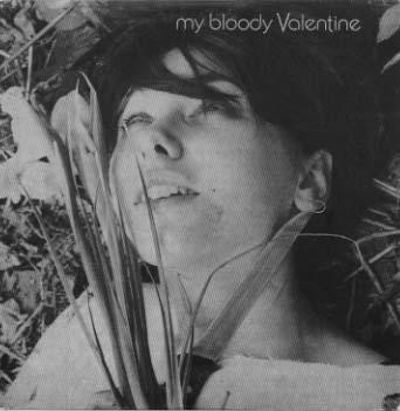
I keep thinking of this book, too: Please Kill Me:The Uncensored Oral History of Punk, by Legs McNeil and Gillian McCain (1996 Grove Press). This is an actual documentary oral history focusing more U.S. (especially NYC) punk, starting from the 1960s. It is definitely worth a look.
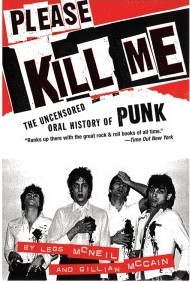
Be loveliness.
21 Feb 2017